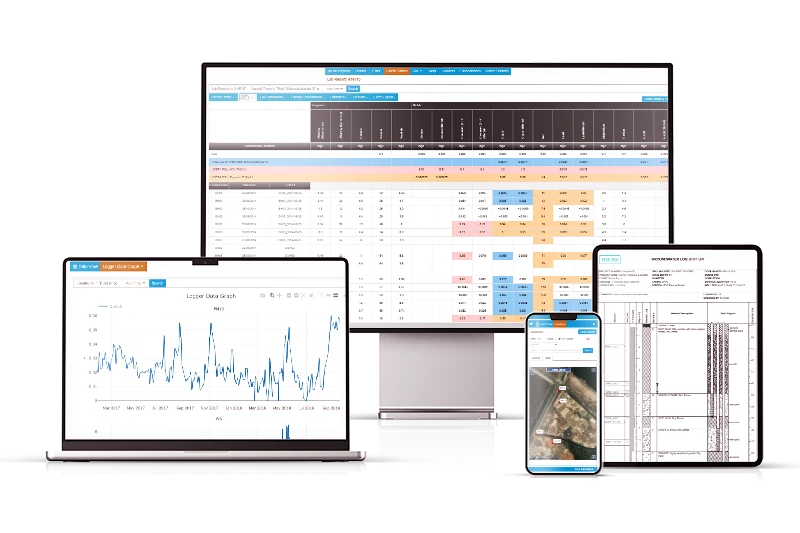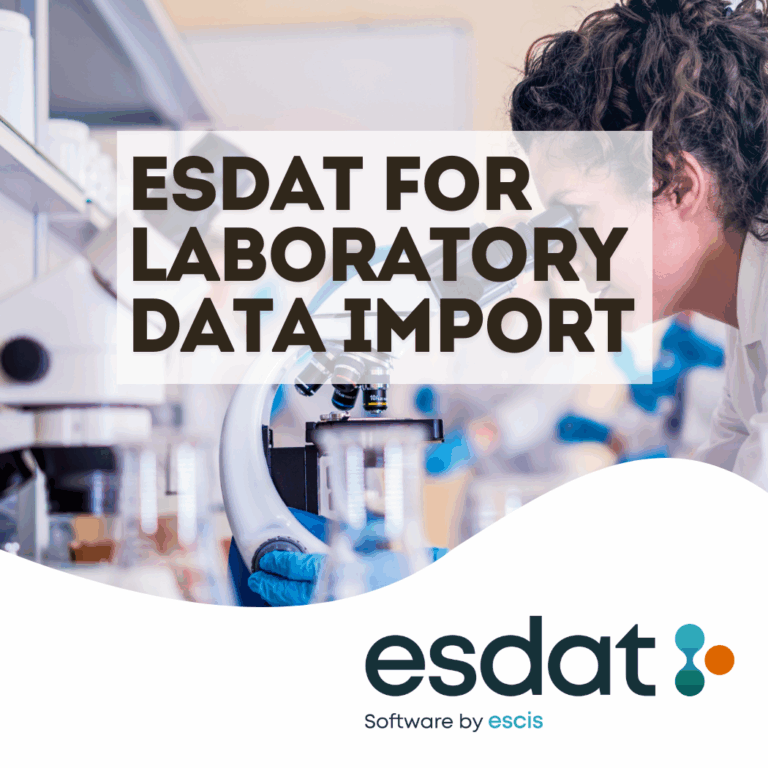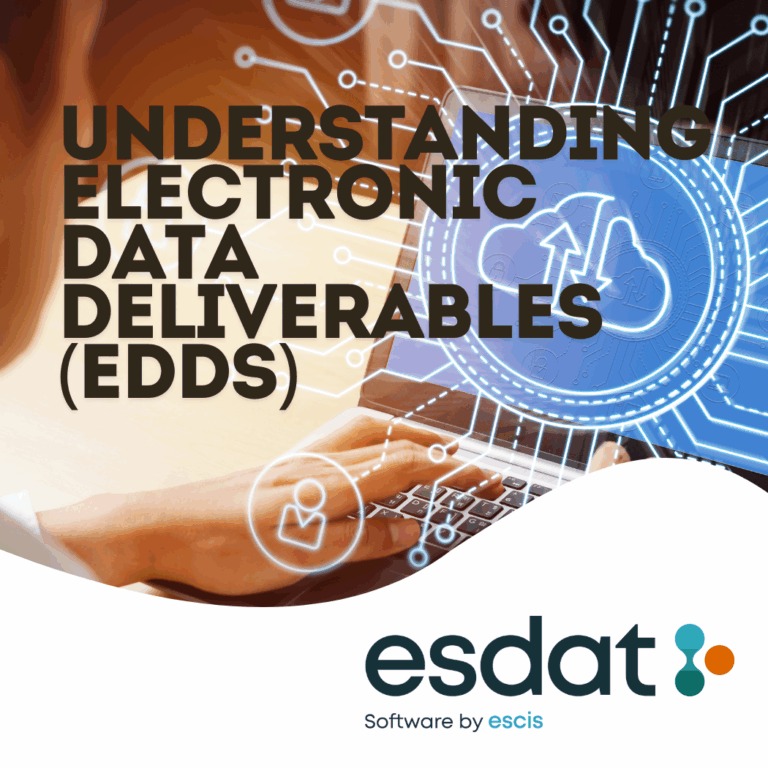
Frequently asked questions (FAQs) for environmental data confidence.
Q1: Why is data confidence important in environmental data management?
Environmental data confidence is crucial because it ensures the accuracy and reliability of environmental data, which multiple team members, labs, and stakeholders often handle. High data confidence helps comply with regulatory requirements, reduce project delays, and improve overall project efficiency.
Q2: How can automation improve environmental data confidence?
Automation in data entry and loading reduces the likelihood of errors and ensures consistent workflows. This helps maintain the data quality and keeps team members on track, boosting data confidence.
Q3: What role does consistency play in managing environmental data?
Consistency in data collection, loading, storage, and reporting allows any team member to quickly become familiar with data for any site. It ensures that data management is not dependent on an individual’s unique approach, making the data more accessible and reliable.
Q4: Why is continuous improvement necessary in data management processes?
Continuous improvement ensures that even the most well-documented and adopted processes are regularly reviewed and updated. This helps maintain high data quality standards and adapt to new challenges and requirements.
Q5: How can data verification enhance environmental data confidence?
Verifying data for QA and regulatory compliance is crucial. Cross-reviewing data against records and ensuring it meets environmental standards helps maintain accuracy. Keeping the team informed throughout the verification process further strengthens data confidence.
Q6: What is a Conceptual Site Model (CSM), and what is its importance in data management?
A Conceptual Site Model (CSM) represents the site data so that aquifer, location, zones, and analytes of interest can easily be filtered. This organized representation of data aids in better understanding and analysis, improving data confidence.
Q7: How do data analysis and reporting contribute to data confidence?
Understanding data through graphing, mapping, tabulating, and analyzing is critical to confidence. It ensures stakeholders and team members can easily comprehend and utilize the data, leading to better decision-making and project outcomes.
Q8: What are the benefits of using ESdat for environmental data management?
ESdat offers several benefits, including:
• Automated data validation and loading processes, reducing errors and saving time.
• A built-in library of global regulatory guidelines and the ability to add custom standards, with real-time alerts for guideline exceedances.
• Easy reporting in various formats, maintaining high-quality assurance and facilitating data sharing across platforms like Excel, Power Query, PowerBI, and ArcGIS.

Q9: How can I get in touch with an ESdat data expert?
You can contact an ESdat data expert from EarthScience Information Systems by visiting their contact page: https://esdat.net/contact-us/
Related Articles to Data Confidence
How to improve your environmental data confidence
The Limitations of Spreadsheets in Managing Environmental Data
Optimizing Environmental Data Management: A Comprehensive Approach






